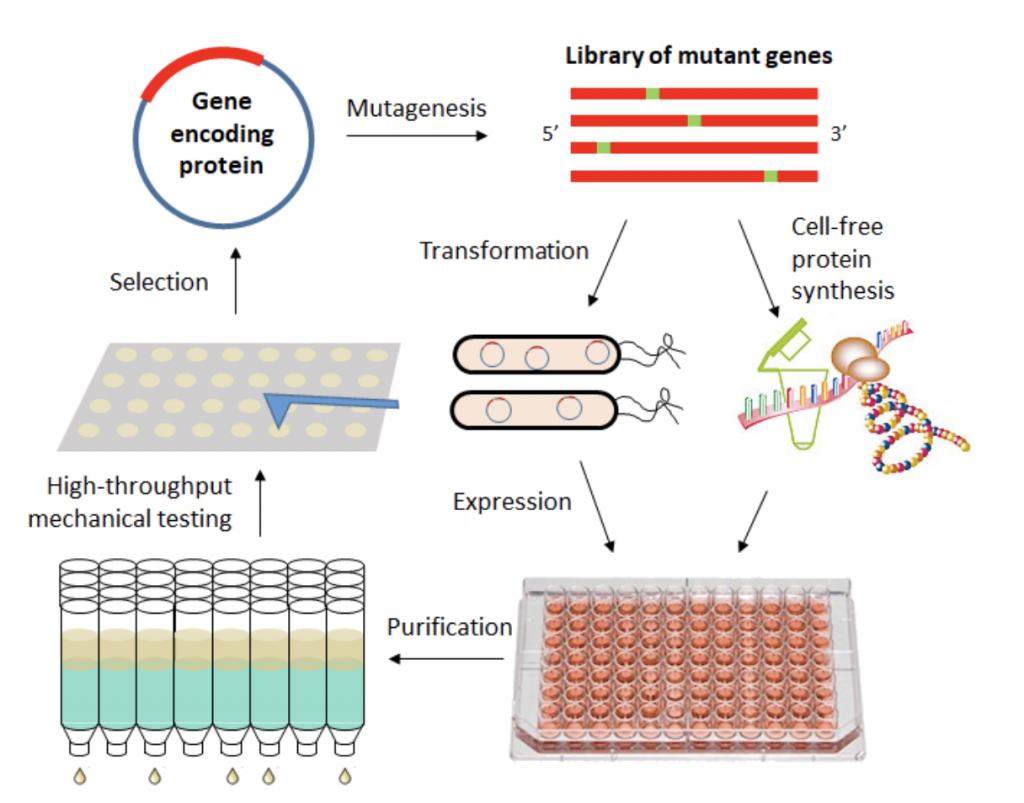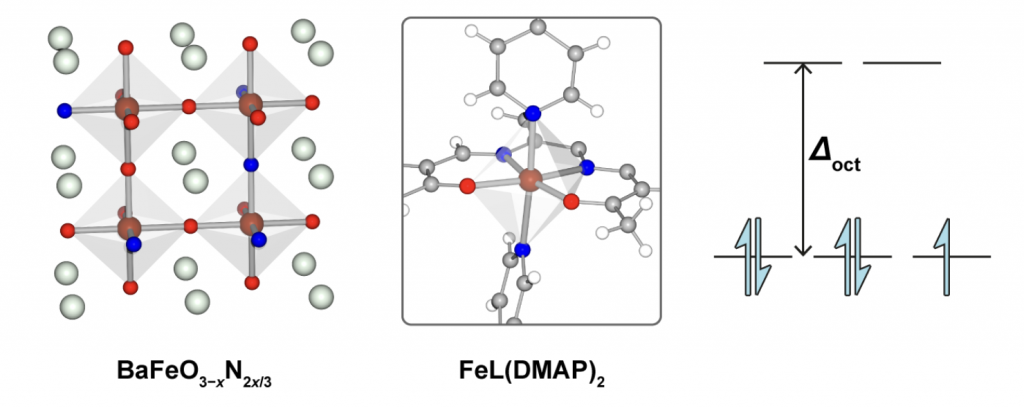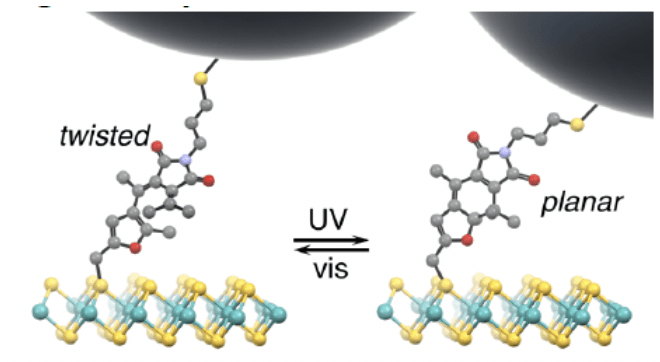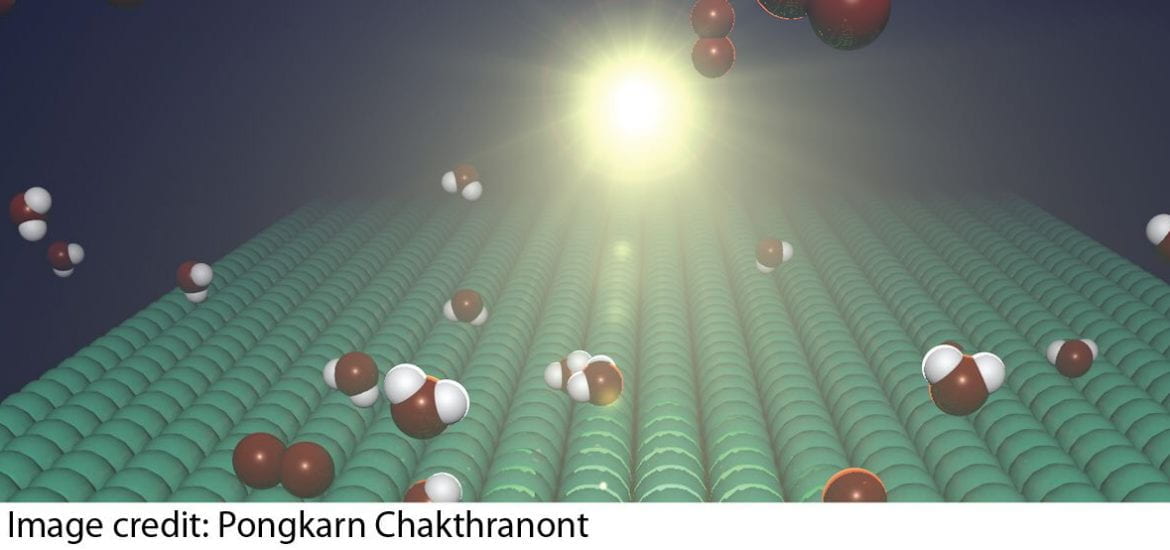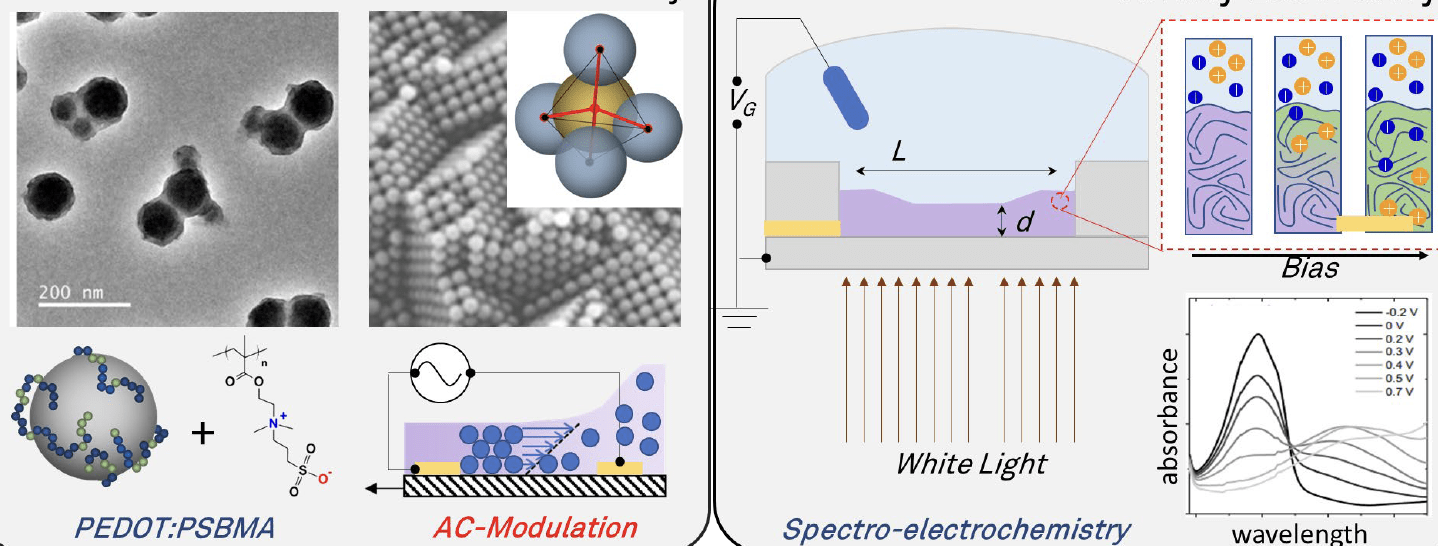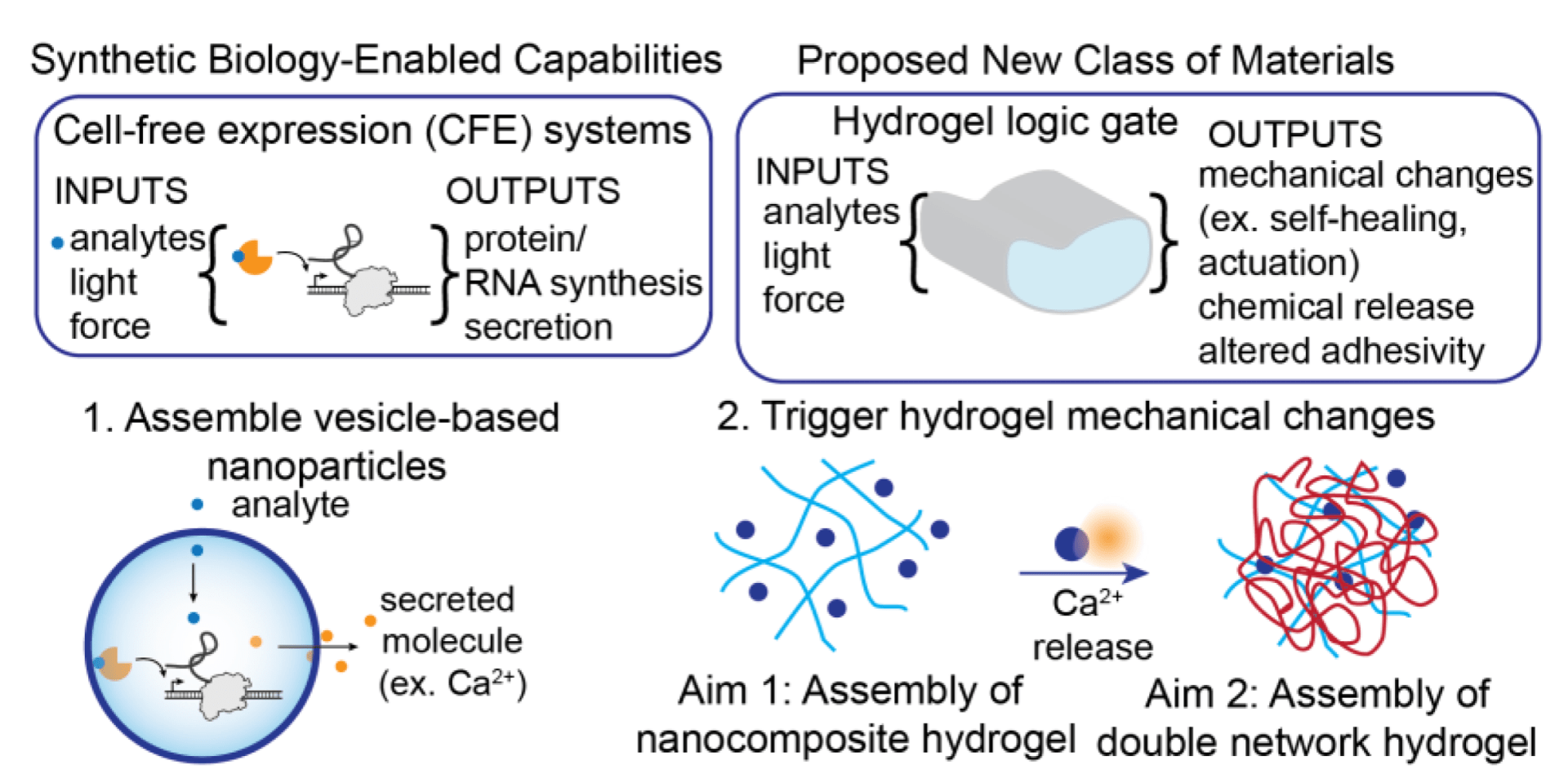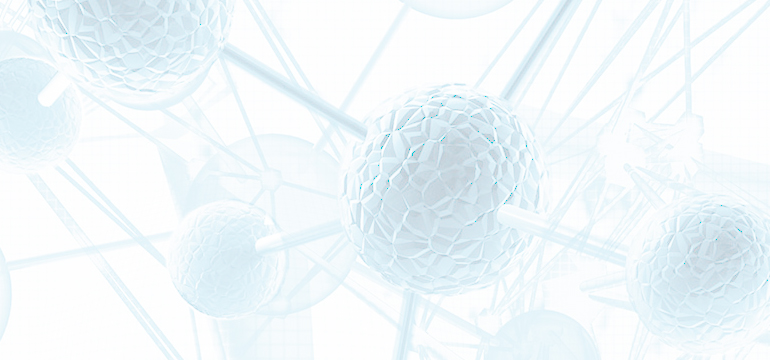

Super-Seed: Molecularly Precise Membrane Materials for Efficient Chemical Separations
William Dichtel | Chemistry
Omar Farha | Chemical and Biological Engineering
Nathan Gianneschi | Chemistry
Monica Olvera de la Cruz | Materials Science and Engineering
Benito Mariñas | Environmental Engineering, UIUC
The objective of the Super-seed project is to explore how to assemble molecular building blocks into framework materials (metal-organic frameworks, MOFs; covalent organic frameworks, COFs) with precise structures, porosity, and thin-film morphologies. Frameworks are ideally suited for energy-efficient chemical separations but are typically isolated as insoluble crystals and powders that are not amenable to membrane fabrication. Furthermore, their synthesis is highly empirical and poorly understood. The Super-seed team will address this opportunity by carefully studying COF and MOF formation, so as to achieve unprecedented control of their composition and thin-film morphologies, and will use these framework thin films to forge a deep connection between the molecular design of membrane materials and their separation properties.
Seed 1: Designing Materials Using Directed Evolution
Muzhou (Mitchell) Wang | Chemical and Biological Engineering
Danielle Tullman-Ercek | Chemical and Biological Engineering
Michael Jewett | Chemical and Biological Engineering
The goal of this Seed is to develop new materials with unique properties through directed evolution. Through genetic mutation, protein expression, and high throughput materials screening, this Seed is harnessing the power of biological evolution for materials design. Our Seed is developing high throughput protein expression and purification techniques to synthesize sufficient quantities of material for characterization of mechanical and interfacial properties. Parallel efforts are exploring high-throughput screening methods to identify successful mutants within a large genetic library. Our work is developing new materials and understanding how existing biomaterials may have been developed through eons of evolution.
Seed 2: Harnessing Mixed Anion Systems to Create Novel Magnetic Properties
Danna Freedman | Chemistry
Precise synthetic control of the local electronic structure of metal centers within materials offers the potential to engender exotic physical properties. In particular, tuning the electronic structure of metal centers enables the creation of strongly correlated electron systems, enabling researchers to ask fundamental questions about magnetism and superconductivity. Within this Seed, a team of researchers is working on harnessing classes of mixed anion systems to discover and manipulate magnetic and superconducting properties of materials. Currently, numerous materials offer the potential to host topologically interesting phenomena, thereby tying into the NSF goal of creating new quantum materials. Indeed, any material that offers fundamental excitations that differ from previously studied particles is of interest within this area.
Seed 3: Critically Enhanced Photovoltaic Effect and Natural Optical Activity of Topological Weyl Metals
Pallab Goswami | Physics and Astronomy
The Weyl fermions arise as the low-energy excitations in time reversal and inversion symmetry breaking materials due to the linear touching between two non-degenerate energy bands in momentum space. The band touching or Weyl points act as the source and sink of Berry curvature, and give rise to topologically protected surface states in the form of Fermi arcs, as well as exotic transport and optical properties. This Seed research proposed to provide a clear guideline to optimize the combined effects of quasiparticle density of states and Berry curvature for enhancing photovoltaic effect (PVE) and natural optical activity (NOA) of topological metals.
Seed 4: Ultrafast photo switches for reconfiguring heterojunction interfaces
Julia Kalow | Chemistry
Mixed-dimensional heterojunctions between 2D monolayers and 0D or 1D materials offer unique tunability and addressability compared to conventional semiconductor interfaces. While pioneering studies have focused on heterojunctions assembled by van der Waals interactions, organic ligands can modulate the stability and electronic structure of the individual materials. The goal of this Seeds aims to develop photoswitches, a class of light-responsive molecules that reversibly isomerize between two stable states upon irradiation with two different wavelengths of light, specifically designed for the environments of mixed-dimensional heterojunctions.
Seed 5: Stabilizing Novel Perovskite Oxynitrides
Linsey Seitz | Chemical and Biological Engineering
Heteroanionic materials provide new opportunities for tuning material properties and stabilizing specific phases of materials for optimized functionality. This Seed project aims to leverage the knowledge and resources of IRG-2 to broaden the scope of materials investigated, apply advanced characterization techniques to understand material properties at each synthetic step, and ultimately develop materials with unique electronic structures that will enable novel functionality. The aim of this Seed is to stabilize and characterize oxynitride perovskites as a platform for systematically tuning the electronic structure of the B-site metal.
Seed 6: Topological Antiferromagnetic Heterostructures: Novel Spin Transport Effects in Unconventional Magnetic Material Systems
Pedram Khalili | Electrical and Computer Engineering | Applied Physics
Matthew Grayson | Electrical and Computer Engineering | Applied Physics
Amanda Petford-Long | Materials Science and Engineering
This Seed project focuses on discovering new mechanisms for electrical detection of magnetic order (i.e. spin-dependent transport and magnetoresistive effects) in layered structures based on topological magnetic materials, particularly topological antiferromagnets, which are expected to exhibit an array of novel, thus far largely unexplored unconventional spin-dependent transport phenomena. The broad class of new TAF materials to be explored here covers a number of two-dimensional (2D) van der Waals antiferromagnets as well as several metallic antiferromagnets. The novel material systems to be studied share two key underlying characteristics in terms of their physics and material properties: 1) a topology of the band structure which lifts the degeneracy of the opposite spin states in the antiferromagnet, despite the absence of a net macroscopic magnetization; and 2) A focus on heterostructures and multilayers based on such TAF layers, enhancing their spin-dependent transport properties.
Seed 7: Responsive Soft Materials
Jeffrey J Richards | Chemical and Biological Engineering
Jonathan Rivnay | Biomedical Engineering
The primary objective of this seed proposal is to develop new strategies to incorporate polymeric mixed conductors into colloidal assemblies, and to use their electronic and ionic nature to yield composite materials that respond to electrical potentials. Such assembled constructs will take advantage of electrochemical processes to dynamically change macroscopic properties (ex., optical absorption, density/refractive index, electrical conductivity, and volume/swelling).
Seed 8: Programming Changes in Hydrogel Mechanical Properties with Cell-Free Expression Systems
Neha Kamat | Biomedical Engineering
Muzhou (Mitchell) Wang | Chemical and Biological Engineering
Many materials are designed to be responsive and functional but lack the ability to integrate multiple stimuli via logic operations and adjust their properties in a programable manner. Together, such capabilities would usher the design of a new generation of materials capable of computation, actuation, and distributed sensing. To meet this challenge, cell-free expression systems (CFE) derived from living organisms have shown great promise as genetic logic circuits, capable of detecting a range of analytes and physical stimuli and responding via the synthesis of encoded biomolecules. This transduction of complex stimuli to materials properties has the potential to confer entirely new capabilities to materials. However, we currently lack approaches to couple the activity of cell-free systems to materials and lack an understanding of how this integration impacts the mechanical properties of the resulting material. This Seed will develop an innovative, materials-based solution that combines the capabilities of CFE systems with the dynamic material properties of hydrogels to create CFE-actuated double network hydrogels.
Seed 9: Distributing and Controlling Quantum Coherence by Polarity Formation
Roel Tempelaar | Chemistry
Distributing the phase relationships of quantum states among spatially and temporally separated material domains opens exciting opportunities for quantum information and sensing applications. Strong coupling with photonic modes is envisioned as a viable route for realizing such distributed quantum coherence at room temperature, given the demonstrable success of strong coupling for modulating and distributing excitation energy through the formation of polariton states. The objective of this Seed is to theoretically demonstrate distributed quantum coherence through strong coupling, and to identify the factors determining the coherent properties of the involved polariton states. Pairs of quantum emitters strongly-coupled to optical resonators will be considered as prototypes of hierarchical polaritonic materials.


